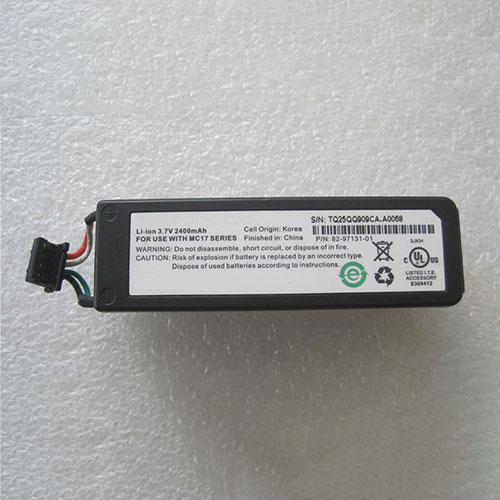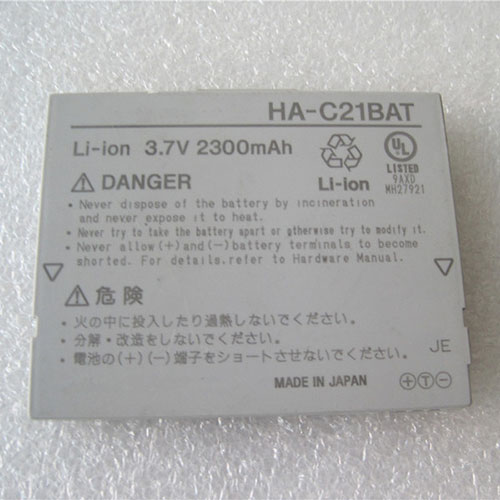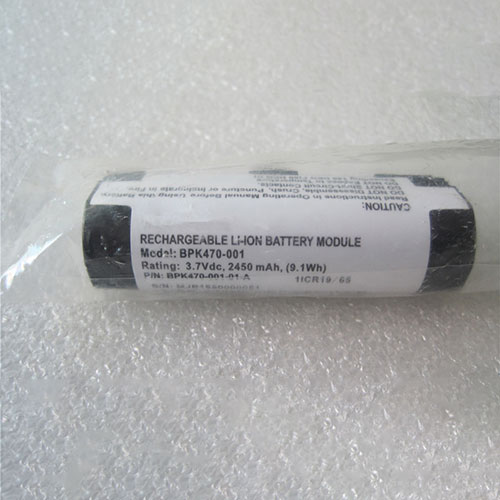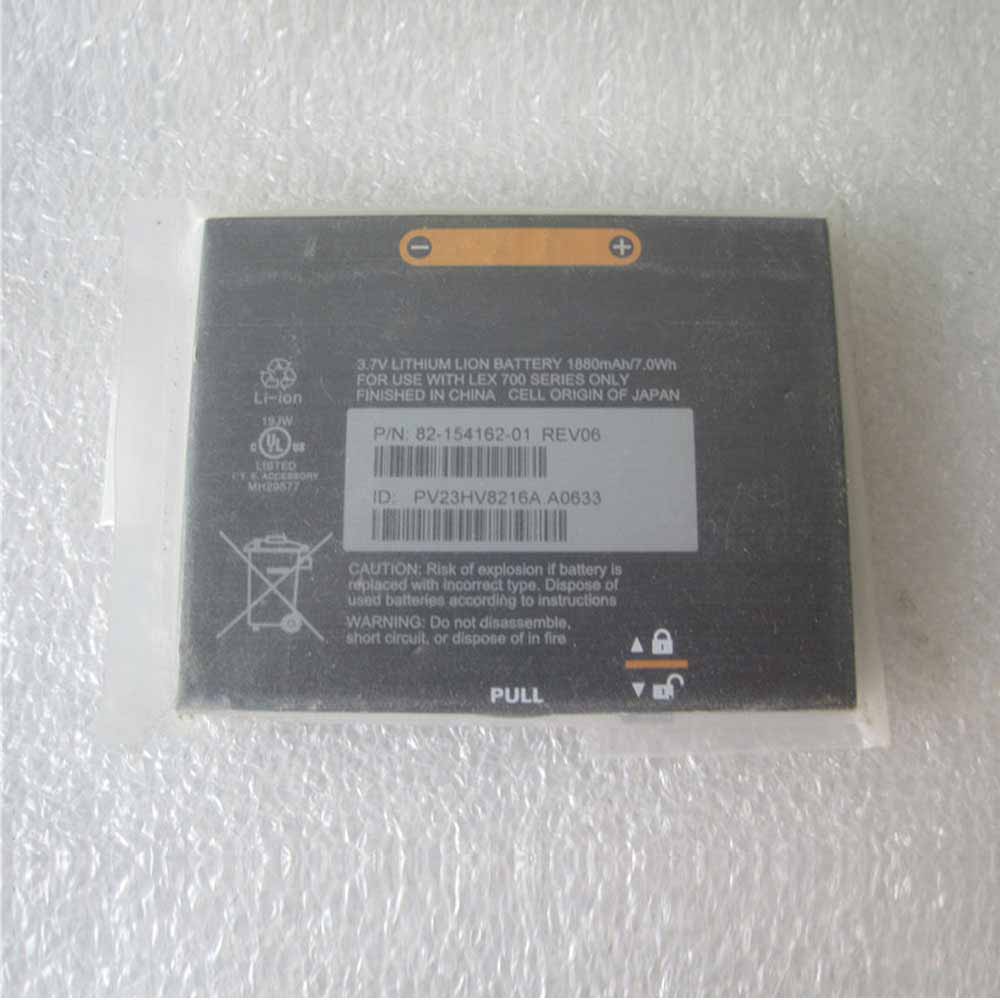AMD’s Threadripper Pro processors for workstation desktops are finally here. These chips disrupt a market that Intel has dominated since AMD discontinued its Opteron lineup in 2017. In fact, they have the potential to upend it by offering up to an incredible 64 processing cores on a single CPU die. That’s far more in core count than an Intel Xeon W-class chip, and still more than a match for two Xeon scalable chips, while obviating the complexity and cost of multiple-CPU implementions.
Read on to find out if a Ryzen Threadripper Pro is worth considering in your next workstation.
Threadripper Pro: A Lenovo Exclusive (for Now)
Unlike the non-“Pro” consumer Ryzen Threadripper, AMD has no plans to offer Ryzen Threadripper Pro chips as standalone purchases. For its debut, the Pro chip is available exclusively in the Lenovo ThinkStation P620, a workstation tower that we are reviewing in parallel with this story. AMD says it will make the chip available to other workstation vendors after the exclusivity arrangement ends, though it did not provide a timeline for that.
Now, for the technical details. Let’s start with the basic specifications of the four Ryzen Threadripper Pro chips that were announced this past summer…
Per-chip pricing isn’t available, as you can see. These chips can only be purchased as part of a prebuilt system. A little online shopping, however, shows that the ThinkStation P620’s pricing is in line with a comparable Intel-based workstation when it comes to cost per CPU core. (More on that in our ThinkStation P620 review.)
Two of the Ryzen Threadripper Pro chips, the Ryzen Threadripper Pro 3975WX and the 3995WX, have the same core and thread counts as their non-Pro counterparts, the Ryzen Threadripper 3970X and the Ryzen Threadripper 3990X. The other two chips, the Ryzen Threadripper Pro 3945WX and 3955WX, do not have current-generation Ryzen Threadripper counterparts, as their 12-core/24-thread and 16-core/32-thread footprints are filled by the Ryzen 9 3900X and Ryzen 9 5900X (at the 12-core level), and the Ryzen 9 3950X and Ryzen 9 5950X (at the 16-core). The Ryzen Threadripper Pro 3945WX is notable for its high 4GHz base clock.
WRX80: A New Chipset for Threadripper
The Ryzen Threadripper Pro shares many specifications with the non-Pro version, including a 280-watt thermal design power (TDP) rating and AMD’s Zen 2 architecture. (See our Ryzen 9 3900X review for a primer on Zen 2.) However, the Pro chips have slightly lower clock speeds, likely for stability or thermal reasons. For example, the Ryzen Threadripper 3970X has a base clock of 3.7GHz and boost clocks of 4.5GHz, while the core-equivalent Ryzen Threadripper Pro 3975WX lowers those to 3.5GHz and 4.2GHz, respectively.
The Ryzen Threadripper Pro also uses the new WRX80 chipset, which brings on a bunch of improvements over the TRX40 chipset. (TRX40 debuted to support third-generation Threadrippers.) The WRX80 supports up to 128 PCI Express 4.0 lanes, up from 88 for the Ryzen Threadripper and its TRX40 chipset. It also doubles the memory channels from four to eight and works exclusively with error correcting code (ECC) memory.
The interior of the ThinkStation P620 and its WRX80 motherboard.
The ECC support is a crucial distinction in the workstation world. ECC is essential technology for fields, such as science, architectural design, and finance, in which unimpeachable accuracy and every decimal place matters. Non-Pro Ryzen Threadripper chips, in contrast, support ECC memory only in conjunction with certain motherboards.
For business, the Ryzen Threadripper Pro offers a Trusted Platform Module (TPM) for hardware encryption, along with AMD’s Ryzen Pro line of security and management technologies, its answer to Intel’s vPro.
One last curiosity about the Ryzen Threadripper Pro is that it does not require Windows 10 Pro for Workstations, like some Intel Xeon chips do. Thanks to a licensing agreement between AMD and Microsoft, Ryzen Threadripper Pro systems can use straight Windows 10 Pro, which will help keep costs down. The arrangement makes sense, since Windows 10 Pro for Workstations supports technologies that Ryzen Threadripper Pro workstations will not use, such as multi-CPU implementations.
AMD Ryzen Threadripper Pro vs. Intel Xeon
Intel’s competition for Ryzen Threadripper Pro chips with 16 or fewer cores comes from its Xeon W-class line. Here are the closest comparisons Intel’s Xeon offers for the 12-core and 16-core Threadripper Pros.
The Intel chips are largely outclassed on paper, only outdoing AMD’s offerings with their higher boost clocks and lower TDP ratings. However, given AMD and Intel chips are built on different architectures, little can be assumed from clock speed and other differences, such as cache amounts. In addition, the higher maximum memory ceilings of the AMD chips are largely on-paper advantages, since most workstations with the chips above would not be ordered with more than 1TB of memory. (That said, some Xeon scalable chips can support 1.5TB or more.)
What can’t be ignored is the Ryzen Threadripper Pro’s massive advantage in PCI Express lane support. It also supports PCI Express 4.0, a potentially big deal in workflows where maximum storage throughput is beneficial. (See our Samsung SSD 980 Pro review to see how fast a PCIe 4.0 SSD can get.)
Cooling on the Threadripper Pro 3955WX is implemented via a twin-stack air cooler with two fans. No single Xeon W-class chip matches the 32-core/64-thread Ryzen Threadripper Pro 3975WX in core and thread count, so that leaves the job up to Intel’s scalable Xeon line, specifically the Xeon Gold and Platinum chips with 16 or more cores. Two of them can be used in a dual-CPU workstation to achieve equivalent core and thread counts, though as of this writing, I was unable to find a dual-CPU Intel tower workstation that supported more than a total of 56 cores and 112 threads (two 28-core/56-thread chips), leaving the monster 64-core/128-thread Ryzen Threadripper Pro 3995WX in a class of its own.
Testing the Ryzen Threadripper Pro 3955WX
Our testing focuses on the one Ryzen Threadripper Pro processor we’ve managed to get our mitts on so far, the 3955WX, a 16-core/32-thread chip that is a sensible choice for any kind of demanding workflow. Our test platform is the Lenovo ThinkStation P620 with Windows 10 Pro, 32GB of DDR4-3200 ECC memory, a 512GB PCI Express 3.0 SSD boot drive, and a 5GB Nvidia Quadro P2200 graphics card.
The memory is two 16GB ECC modules. That’s a somewhat unfortunate arrangement, since it makes use of only two out of the Ryzen Threadripper Pro’s possible eight memory channels. That said, none of our testing is particularly memory-bandwidth-sensitive, so the impact on our testing should be minimal.
Use the drop-down or the arrows at the top of the chart, below, to switch among various benchmarks. We ran our usual CPU testing suite, which comprises a host of core-crunching, media-processing, and single-threaded tasks. We’ve included, for context, recent Ryzen 7, Ryzen 9, Core i7, and Core i9 mainstream CPUs, plus the latest Threadripper, Xeon, and Core X-Series high-end chips we’ve tested.
For the Threadripper Pro 3955WX, pay special attention, across the charts, to the comparison numbers served up by these four chips:
The Intel Xeon W-2295: Intel’s closest Xeon W-series competition, with 18 cores.
The AMD Ryzen Threadripper 3960X: AMD’s 24-core non-Pro Threadripper CPU of the current generation.
The AMD Ryzen 9 3950X: The top Zen 2 chip of the mainstream Ryzens from the previous generation (the Ryzen 3000 series), with 16 cores. (We are working on testing the newer Ryzen 9 5950X.)
The Intel Core i9-10980XE Extreme Edition: The top (18-core) CPU in Intel’s Core X-Series high-end desktop line, around $1,000, mainly still relevant due to its support for more PCI Express lanes than Intel’s mainstream Core CPUs.
For starters, the Ryzen Threadripper Pro 3955WX is neck-and-neck with the Ryzen 9 3950X in almost every test, a small surprise given considering that they share the same core and thread count and have similar clock speeds. Likewise, the Threadripper 3960X consistently dominates, no surprise at all given its substantial core/thread advantage.
Next, let’s look at the Intel Xeon silicon. The Ryzen Threadripper Pro 3955WX has a slight disadvantage next to the Xeon W-2295 in decidedly single-threaded scenarios, such as the geriatric iTunes 10.6 and in the single-core run of POV-Ray 3.7. However, the bigger news is that the Ryzen Threadripper Pro 3955WX matches or beats it just about everywhere else, especially in the fully threaded Cinebench tests, an impressive stat considering the AMD chip has two fewer cores. This indicates that AMD’s Zen 2 architecture offers better per-core performance than the Intel chip’s aging 14nm “Cascade Lake” process.
Meanwhile, the Core i9-10980XE, also in the Cascade Lake generation, trades blows with the Threadripper Pro 3955X but generally comes in a bit behind it on the multi-core-heavy trials. It does fare a bit better than the Xeon in most cases.
Watch Out, Intel! CPU Competition on Workstations, Too, Is Heating Up
Though the Ryzen Threadripper Pro’s Zen 2 architecture isn’t AMD’s latest and greatest—Zen 3 came out just in the final quarter of 2020—it still compares more than favorably with Intel’s “Cascade Lake” Xeon chips. Our results show that it punches above its weight, offering more per-core performance than Intel’s chips, and, as you can see in our Lenovo ThinkStation P620 review, at a comparable price-per-core.
The excitement is somewhat dampened by Lenovo’s exclusive hold on the Ryzen Threadripper Pro, though at least it’s a temporary arrangement. Before we see Threadripper Pro, if ever, in DIY or consumer hands, we’d have to see at least a small ecosystem of WRX80-based motherboards emerge. Before and beyond that, though, we hope the chip is swiftly adopted by rival workstation makers, such as Dell and HP, to bring some competition to a market that very much needs it.




